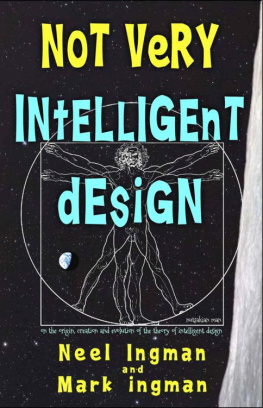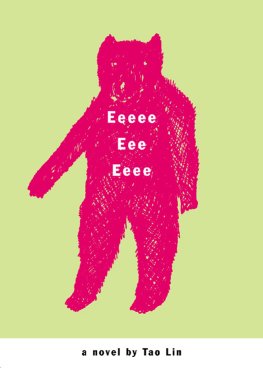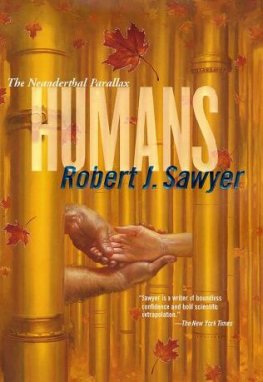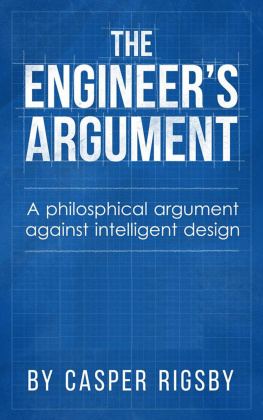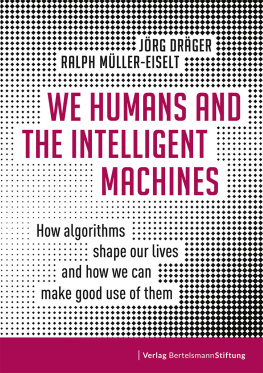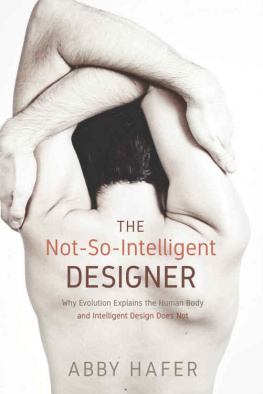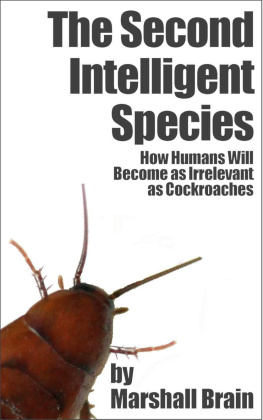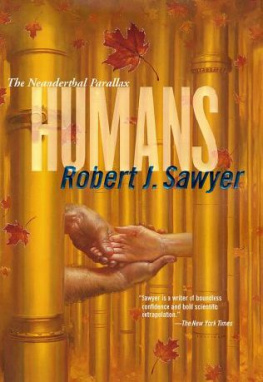Not Very
Intelligent
Design
too
-
planet earth
Not Very
Intelligent
Design
too
-
Planet earth
A Perfect Place for Human Life?
by
Neel Ingman
Copyright Neel Ingman 2020
All rights reserved
About the Author
Neel Ingman is an independent blogger who is almost universally unknown for publishing his conversations with God and the Pope, and other stuff at neelingman.com .
He occasionally spends too much time Tweeting about random stuff under the handle @NeelIngman.
Neel's brother, Mark Ingman, was originally going to be co-author of this work but Neel and Mark reached a point where they could no longer collaborate or even regard each other as almost equals.
This unfortunate situation was brought about by a faulty front wheel on an e-scooter which caused Mark to suffer the ignominy of having his life squelched out under the wheels of a bright yellow Hummer H2.
Neel will miss him terribly, except for his never-ending hyper-critical comments about everything, which will not be missed by anyone.
Copyright 2020 by Neel Ingman
All rights reserved. This book or any portion thereof
may not be reproduced or used in any manner whatsoever
without the express written permission of the publisher
except for the use of brief quotations in a book review.
Version 1.0
First Publication, 2020
Palaceno House
Auckland
New Zealand
Not Very Intelligent Design Too : Planet Earth, A Perfect Place for Human Life?
ISBN 978-0-473-47396-9 (Softcover)
ISBN 978-0-473-47397-6 (Epub)
ISBN 978-0-473-47398-3 (Kindle)
ISBN 978-0-473-47399-0 (PDF)
ISBN 978-0-473-47400-3 (iBook)
neelingman.com
NotVeryIntelligentDesign.com
kneelingman.com
Available from Amazon.com
CONTENTS
INTRODUCTION
OUR PLACE IN SPACE AND TIME
THE "O" ZONE
THE BLUE ZONES
THE BROWN ZONES
THE WHITE ZONES
THE RED ZONES
THE BLACK ZONES
THE WINDY ZONES
THE CODE RED ZONES
THE KILLING ZONES
THE GREEN ZONES
THE CONTINENTS
THE AMERICAS
North America
Central America
South America
EUROPE
AFRICA
THE MIDDLE EAST
ASIA
ANTIPODES
ANTARCTICA
AFTER THOUGHTS
CONCLUSION
Some like it cold
TRIGGER WARNING
This book was triggered by the book Not Very Intelligent Design. It's not the only thing that was triggered by that book. Some persons of faith were triggered to write scathing reviews about it, saying it was unscientific, shallow, subjective, and worst of all, vulgar.
Heads up, creationists. This one is too. Even worse, it lurches off into hyperbole and straight out fiction.
Hopefully it's also funny and honest. At least more intellectually honest than a creationist who claims to be offended by the idea of something being unscientific.
If you're the sort of person who gets angry when your beliefs are challenged or threatened by simple, easy to comprehend concepts that your faith can't deal with, don't read this book. If language sometimes used by politicians upsets your delicate sensibilities, don't read this book. If you're perturbed by observations regarding serious or scientific matters that are neither serious nor scientific, don't read this book.
You've been warned. To go ahead and read it, perhaps using it as a tool for self-flagellation, is not only unwise, it may also lead you unto the temptation of bearing false witness against it for being exactly what it purports to be. Seriously, if you're any of the above types, don't read it. It's not for you. You'll hate it.
To everybody else, happy reading. I hope you enjoy it.
INTRODUCTION
Human migration is as old as humanity itself. People have always been motivated to try to improve their lives, often by trying to find a better place to live. Places can be too hot, too cold, too windy, too dry, too wet or too conducive to saber-toothed tigers.
In the modern world people also get on the move for holiday purposes. Which indicates that there are nicer places to be than the place where you live. Nobody leaves a nice place to go for a holiday in a dump, although most camping grounds, theme parks and the Kuta zone of Bali are good evidence that a "nice place" is a highly subjective concept. Holiday congestion is caused by millions of people simultaneously travelling to somewhere nicer than the place they live in order to try to have a better time than they could have by staying at home. Thousands of grumpy dads would disagree.
It has been said that all problems are problems of geography. This is meant to be a humorous way of saying that if people are making your life difficult, there's a good chance that problem can be solved by going elsewhere. But if the problem actually is the geography, the physical characteristics of the location itself, then you have an even better chance of solving the problem by packing your bags.
Many thousands of people get on the move in planes, trains, automobiles, and pedestrian caravans, every single day. If you live in an excellent environment why would you pack up your family and move thousands of miles in the hope of finding somewhere better?
Which brings us to the premise of this book. Was the earth designed and fine-tuned over the course of six days specifically for the benefit of homo sapiens?
Those who believe that humans were created by an intelligent designer would say, of course it was. They think the whole universe was designed and fine-tuned specifically for our benefit, for us to utilize and exploit. (Us in this case usually meaning fellow members of our own particular faith tribe.) But is there any evidence for that?
Rather than going into theories, scientific or otherwise, about the origin and history of the planet, this book will take a look at exactly what's here now. Is this planet a perfectly designed place for human existence or is it merely a place that's good enough to serve the purpose?
"Lovely day today." Such expressions are voiced all over the world millions of times every day. Except when the weather's crap. Which, at any given moment it is, in most places.
If every day were lovely, or even most days, a lovely day wouldn't be worth a mention. The only people that say "lovely day" in Southern California are tourists. For locals it's redundant.
There are quite a few places where the weather's good most of the time. We know this because we pay thousands of dollars to go there for two weeks to bask in the comfort of good weather, weather that's so good it actually makes our bodies feel good all the way through. Then we return to live in places that make our bodies feel not so good. The effect is amplified as we age. There's nothing like a damp chill to induce serious pain in the joints of anyone with a few decades on the clock.
If this planet was designed specifically for humans, why is it that at any given moment so much of it is unpleasant, inhospitable or downright life-threatening? For example, the polar regions, the mountains, the deserts, the jungles (which won't be a problem for much longer as we're getting rid of them fairly rapidly), the winter half of the planet and anywhere the wind's blowing in double digits. In other words, most places, or bloody near the whole planet, most of the time.
The premise of this book is that a perfect environment for humans would be one where we could comfortably live without a requirement for clothing or buildings to protect us from the elements. We may decide we'd prefer to have those things, but needing them to survive indicates the environment is not perfect for the human body.
If we colonize Mars one day, there may be people who'll prefer to live there, but that wouldn't mean that Mars could be regarded as a good environment for human habitation, even for those who like the idea.
Next page

